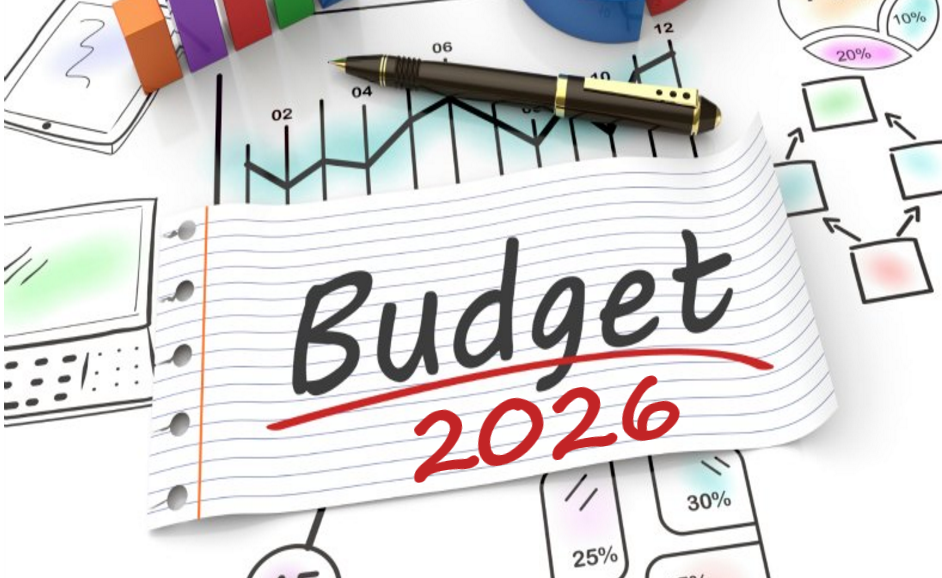Boosting Customer Traffic in Retail: Proven Strategies from Leading Brands
- Rajnish Kautia

- Sep 4, 2024
- 3 min read

In an age where e-commerce is on the rise and consumer habits are constantly evolving, driving foot traffic to physical stores has become a significant challenge for retailers. However, despite the digital shift, physical stores remain a critical touchpoint in the customer journey.
To thrive, retailers must reimagine the in-store experience and find creative ways to attract customers. In this blog, we’ll explore effective strategies used by leading brands to boost customer traffic and create memorable in-store experiences.
1. Creating In-Store Experiences: Nike’s Interactive Displays
Nike is a prime example of a brand that understands the power of immersive in-store experiences. In its flagship stores, Nike uses interactive displays and augmented reality features that allow customers to explore products in a unique, hands-on way. For instance, customers can test shoes on treadmills, customize sneakers using digital tools, and even experience virtual coaching sessions.
Why It Works:
These interactive elements transform the shopping experience into something engaging and memorable, giving customers a reason to visit the store rather than shopping online. By blending physical and digital elements, Nike not only drives traffic but also builds stronger connections with customers, encouraging repeat visits.
2. Exclusive In-Store Promotions: Target’s Limited-Edition Collections
Target has mastered the art of drawing crowds with its exclusive in-store promotions and limited-edition collections. By collaborating with high-profile designers and launching exclusive lines that are only available in stores, Target creates a sense of urgency and excitement among customers.
Why It Works:
The exclusivity of these collections drives a fear of missing out (FOMO), compelling customers to visit stores to secure the latest items before they’re gone. These limited-time offerings not only boost foot traffic but also generate buzz and media attention, further amplifying Target’s reach.
3. Community Engagement: Lululemon’s In-Store Events
Lululemon takes a community-focused approach to driving customer traffic by hosting in-store events such as yoga classes, fitness workshops, and wellness seminars. These events are often led by local influencers or brand ambassadors, creating a welcoming environment that resonates with Lululemon’s active customer base.
Why It Works:
By offering experiences that align with the interests and values of its customers, Lululemon builds a sense of community and belonging. These events not only draw customers into the store but also encourage them to stay longer and engage more deeply with the brand, often leading to additional purchases.
4. Partnerships and Pop-Ups: Nordstrom’s Emerging Designer Pop-Ups
Nordstrom has embraced the trend of pop-up shops as a way to keep its store offerings fresh and exciting. By partnering with emerging designers and brands for short-term pop-ups, Nordstrom introduces unique, limited-availability products that draw in curious shoppers.
Why It Works:
Pop-ups create a dynamic shopping environment, encouraging customers to visit frequently to see what’s new. This strategy also allows Nordstrom to test new brands and concepts without a long-term commitment, providing a constantly evolving in-store experience that keeps customers coming back.
In Conclusion: Innovating to Drive In-Store Traffic
The battle for customer attention is fiercer than ever, and retailers must innovate to keep their stores vibrant and relevant. By focusing on creating unique experiences, offering exclusive products, engaging the community, and experimenting with new formats like pop-ups, retailers can effectively drive foot traffic and enhance the overall shopping experience.
Brands like Nike, Target, Lululemon, and Nordstrom demonstrate that the key to boosting customer traffic lies in making the in-store visit more than just a shopping trip—it’s about creating memorable experiences that customers can’t get online. As the retail landscape continues to evolve, those who prioritize the in-store experience will be best positioned to capture the loyalty and attention of today’s consumers.
#RetailTraffic #InStoreExperience #CustomerEngagement #RetailInnovation #NikeStore #TargetExclusive #LululemonEvents #NordstromPopUp #RetailStrategy #FootTrafficBoost #CommunityRetail #RetailTransformation





Comments